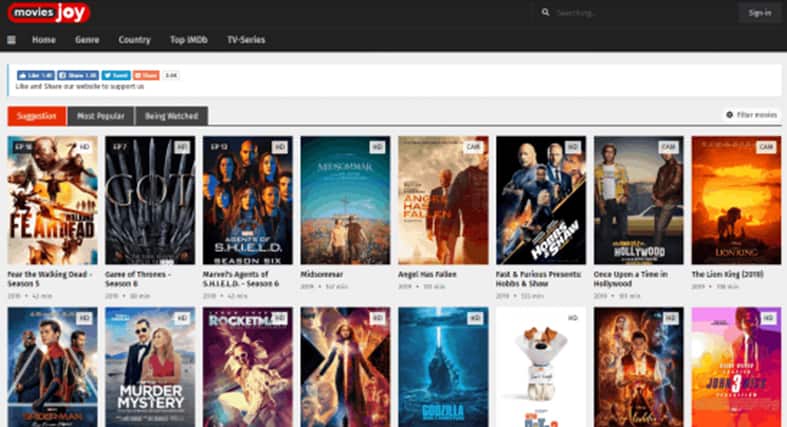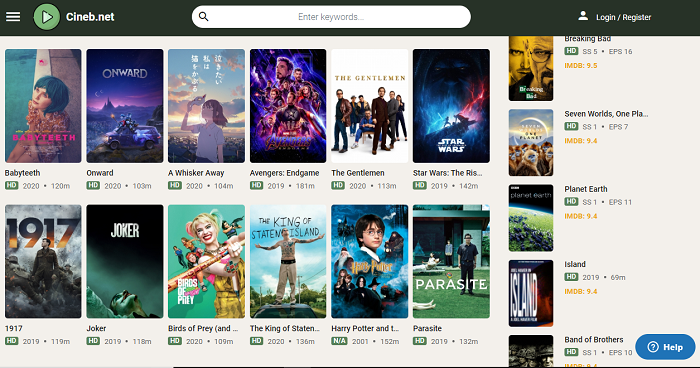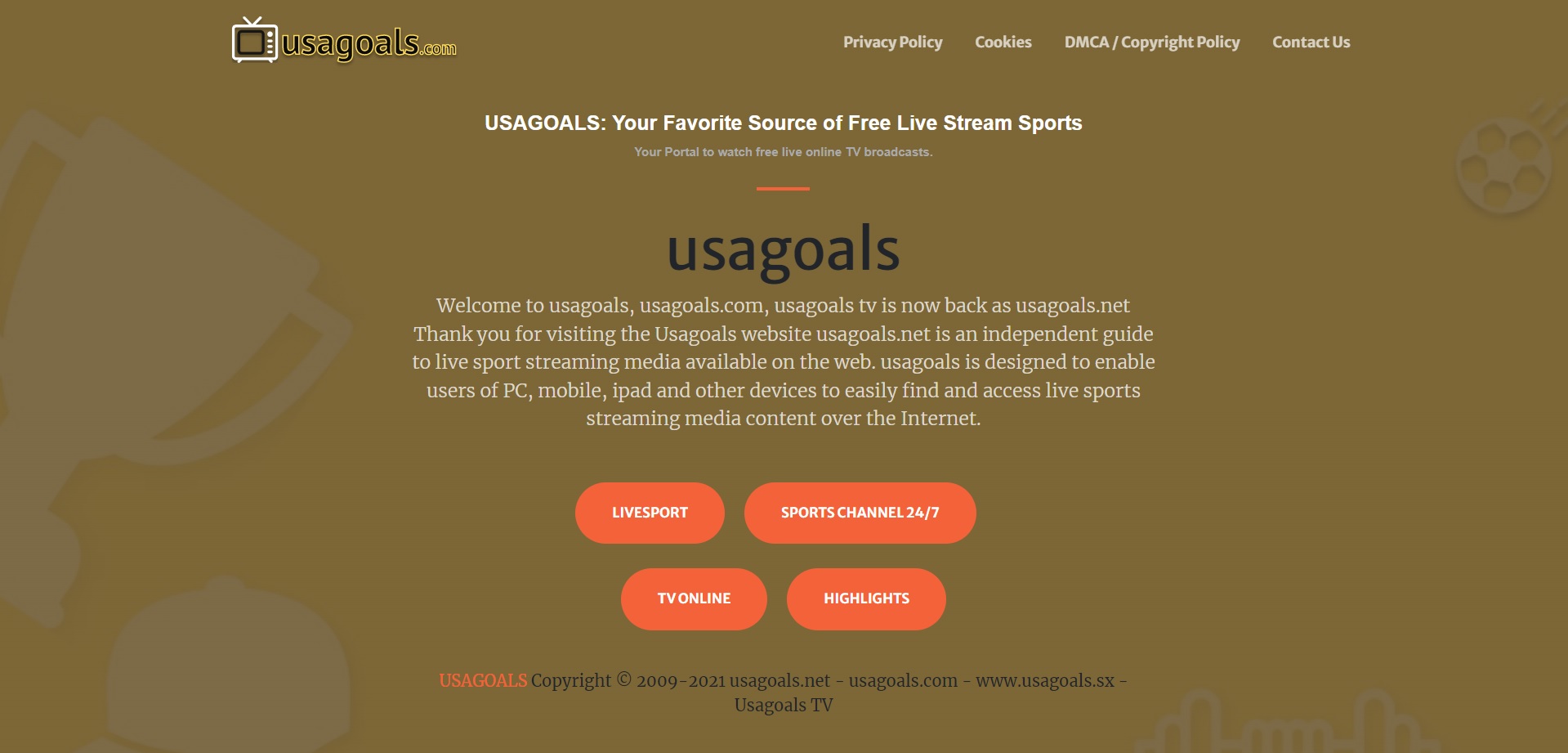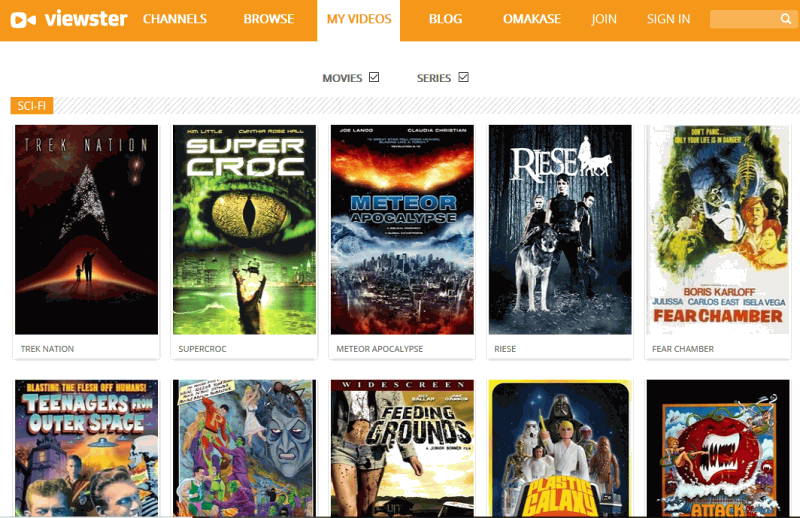With over 300 million active customers, Amazon is undoubtedly a behemoth in the online marketplace. In 2022 alone, the e-commerce giant generated a staggering $514.2 billion in global retail merchants’ sales, and projections indicate that it will hit $746.22 billion in 2023.
However, not all merchants on Amazon achieve the same level of success. Getting visibility and high sales volumes on the number one e-store requires a combination of factors, including high search ranking and customer engagement. According to Amazon itself, optimizing your product listing title is an integral part of this process.
Read on to understand how to apply Amazon’s product title guidelines and incorporate relevant keywords into your item heading. We’ll also discuss using the right Amazon listing optimization tool, as well as testing, and iteration methods to help you stand out in the market.
The importance of product titles in Amazon listing optimization
Product titles directly impacts search ranking and customer engagement. But before we delve into that, what is Amazon listing optimization? Well, this is the process of honing product titles on Amazon.com to rank higher in target customer searches. A well-optimized title will incorporate relevant keywords, and is easy to read, and engages customers.
A title that incorporates the language, intent, and preferences of the target shoppers will increase the likelihood that the item will be clicked on.
Also, Amazon’s A9 algorithm factors headlines when ranking products, and additionally considers the degree of text match, price, availability, selection, and sales history, etc.
Understanding Amazon’s guidelines for product titles and how to comply with them
To achieve listing optimization Amazon and increase the chances a customer will click on your item link, it’s important you understand and comply with Amazon’s guidelines for titles. Here are some important things to note:
- Make sure your heading matches what’s on the physical packaging of your product.
- Keep your title short – not more than 60 characters – so it’s easy to read.
- Follow the style and length guidelines for your specific product category.
- Use proper capitalization – Title case is recommended.
- Include the brand name at the beginning of the title.
- Use numbers instead of words to save space.
- Avoid using weird symbols or characters.
- Only include necessary texts – don’t make unverified claims.
- Use some punctuation and abbreviations to make the title clearer and more concise.
Conducting keyword research and incorporating relevant keywords into product titles on Amazon
One of the key steps in Amazon product listing optimization is naturally integrating relevant keywords into your title. Keywords are search terms and phrases customers type in the search bar when shopping online.
Here are some tips to keep in mind when compiling keywords to optimize:
- Think like your customers and imagine what words they might type in the search bar to find your items.
- Type these words and phrases into the Amazon search box and note the drop-down suggestions that appear.
- Analyze your competitors’ listings to see what keywords they are targeting and ranking for.
- Use Amazon’s auto-suggest to see what keywords pop up as you type in your category and related terms.
- Use Amazon’s search term report to identify which keywords customers are using to find your product.
- Analyze customer reviews and questions on similar products to identify common keywords and phrases.
- Use keyword tools such as Google Keyword Planner, Ahrefs, or MerchantWords to identify high-volume keywords related to your item.
- Prioritize long-tail keywords, which are more specific and have less competition, but can still drive relevant traffic to your page on Amazon.
- Also, don’t ignore short-tail keywords. These are more general search terms that usually have high search numbers and high competition. While they may attract a lot of traffic, the conversion rate may be lower because customers are often just browsing for options.
- Incorporate keywords naturally into your title, without keyword stuffing or sacrificing readability.
- Consider using brackets, parentheses, or other symbols to group related keywords together in your title.
Crafting product titles for readability and customer engagement on Amazon
Optimizing your titles with relevant keywords is essential, but it’s equally important to ensure that your title is easy to read and engaging for online shoppers. Make your headlines stand out with these tips.
- Use clear and concise language: Avoid using jargon, technical terms, or ambiguous language that might confuse the customer.
- Use ‘power words.’ Incorporate strong, descriptive words that evoke emotion and create a sense of urgency or desire for the product.
- Avoid excessive capitalization and special characters. Overuse of capital letters or special characters can make the title difficult to read and may appear spammy to customers.
- Use the right formatting. Use proper grammar, punctuation, and spacing to make the title easy to read and visually appealing.
Utilizing product titles to differentiate products from competitors on Amazon
With a plethora of products available on Amazon, customers often rely on titles to quickly understand the unique features and benefits of an item on sale. Here are some tips for utilizing titles to differentiate your page from competitors:
- Focus on your unique value proposition: Highlight what sets your product apart from others in your category. Whether it’s a unique feature, benefit, or design, make sure it’s front and center in your title.
- Use descriptive and specific language: Avoid generic language that could apply to many products in your category. Instead, use specific descriptors that accurately describe your item.
- Be mindful of length: While it’s important to include all relevant information in your title, you also want to avoid making it too long. A long title can appear cluttered and overwhelming to customers, so aim for a concise yet informative title.
- Include relevant keywords: Incorporate relevant keywords that customers are likely to search for when looking for products like yours.
- Consider your target audience: Tailor your title to the language and tone that your target customers are likely to use.
Testing and iterating product titles to optimize for search ranking and customer engagement on Amazon
Testing and iterating product titles is an important part of optimizing for search ranking and customer engagement on Amazon. It’s not enough to simply craft a well-written and keyword-rich title — you also need to continuously test and refine to see what resonates best with your customers.
To find the optimal balance, start by testing different variations of your product title with quality Amazon listing optimization software. Alternatively, you can engage an Amazon listing optimization service to help you experiment with different keywords, unique selling points, and formatting options.
The Amazon product listing optimization service will, in addition, monitor the performance of each variation using data from Amazon’s analytics tools, such as click-through rates, conversion rates, and sales.
Based on the results of the test, your Amazon product listing optimization company will iterate and refine your product titles to find a headline that performs well in both search ranking and customer engagement.
Remember, as customer behavior and search algorithms evolve, it’s important your titles continue to evolve as well using the best Amazon listing optimization service. Enlisting the services of a trusted Amazon product listing optimization agency like Intellivy will ensure you stay ahead of the competition and drive sales on the platform.








Add Comment